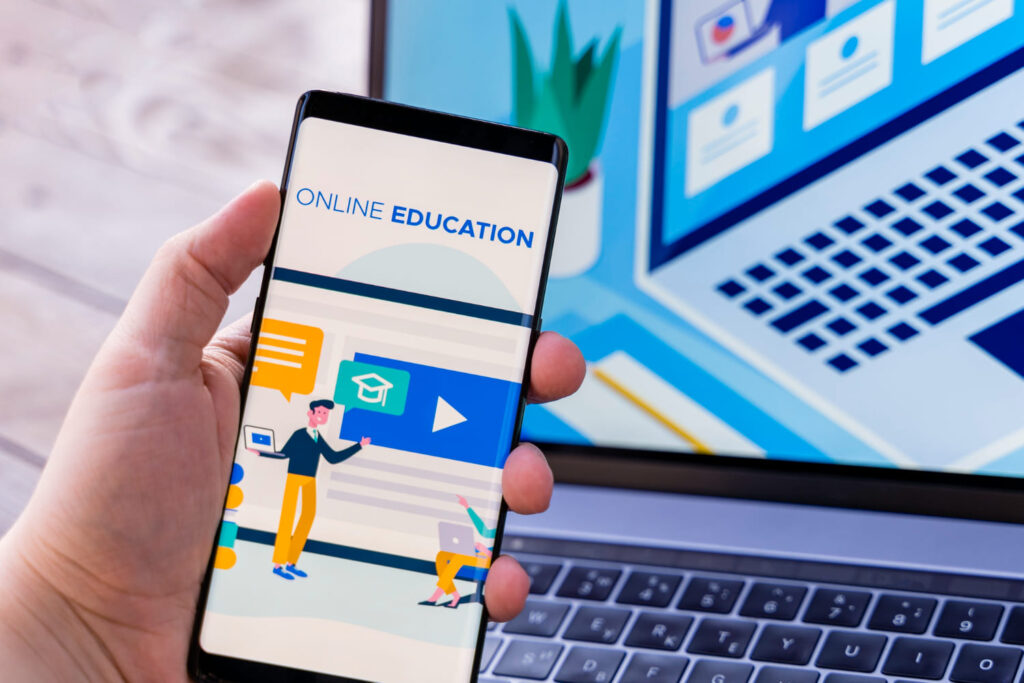
Microlearning in 2025: Why Shorter Content Wins Big
Microlearning is how organizations and educators buy that attention. Attention is the new currency and in 2025, Short, focused learning bites now form the backbone of modern training programs because they fit into people’s workdays, align with how memory works, and plug directly into the tools learners already use. This isn’t trend-chasing: adoption, platform capability, and academic research all point in the same direction. eLearning IndustryArticulate
What is microlearning quickly
Microlearning delivers focused learning experiences in small units (usually 1–10 minutes): a single concept video, a scenario-based quiz, a quick simulation, or a flashcard review. In 2025 these units are often packaged inside a “virtual campus” a curated, connected learning environment built to be social, adaptive, and measurable. (Think snackable lessons + community + AI that stitches it together.)
Why microlearning wins in 2025
Three forces are converging right now: mobile-first consumption, AI-driven personalization, and a renaissance in immersive tech (XR). Together they make short-form learning not just convenient but more effective for many use cases, especially skill refreshers, compliance nudges, manager coaching, and soft-skill practice. Multiple industry trend reports in 2025 show microlearning’s rapid growth and predict it will dominate mobile learning and enterprise L&D stacks this year.
Academic studies and field trials also reinforce the claim: micro-units combined with retrieval practice and spaced repetition improve retention and learner satisfaction compared with long, dense modules when designed well. That means microlearning is not just shorter; it’s smarter learning design.
Designing an engaging virtual campus what it must have (deep study)
A modern, high-performing virtual campus for microlearning is not merely “lots of short videos.” It’s a purpose-built ecosystem. Here’s a prioritized checklist of what works in 2025, with why each piece matters.

1) Mobile-first micro-modules (always)
Learners access moments of learning between meetings, on commutes, or during a coffee break. Design each module to be mobile-friendly, scannable, and consumable in under five minutes video-first formats, transcripts, and short interactive exercises are now standard. Platforms and reviews from 2025 emphasize mobile-first as table stakes.
2) AI personalization & adaptive paths
AI auto-curates the next micro-lesson based on performance, role, and real-time skill gaps. In 2025 this goes beyond recommendations: learning systems generate tailored lesson variants, create micro-assessments, and surface just-in-time refreshers speeding content production while boosting relevance. Top LXPs and specialist vendors highlight AI as the main enabler of scalable personalization.
3) Spaced repetition + retrieval practice built-in
Short bursts work best when combined with smart spacing. Your campus should schedule micro-quizzes and flashcard nudges automatically so knowledge moves from fragile to durable memory. Tools and case studies from 2024–25 show clear gains when spaced repetition is integrated into microlearning flows.

4) Social learning hubs & micro-communities
Learning sticks when people discuss, apply, and teach back. Micro-groups, thread-based case clinics, and quick peer reviews (1–2 minute voice notes or text replies) turn passive consumption into collective practice. Platforms that emphasize social learning report better engagement and completion.
5) Gamified progress loops (but meaningful)
Badges and streaks alone don’t work; modern gamification focuses on mastery signals: short practice tasks that progressively unlock micro-credentials. Gamified pathways that map to real skills (and career outcomes) increase motivation without cheapening the experience.
6) Micro-assessments & micro-credentials
Assess in miniature: scenario-based checks, 60–90 second simulations, or one-question weekly recalls. When mapped to a skills taxonomy and aggregated into micro-credentials, those small assessments become credible signalers of ability great for HR, hiring managers, and learners’ portfolios.
7) XR “micro-simulations” for critical practice
XR isn’t only for long courses. In 2025 we will see bite-sized VR/AR practice moments 2–5 minute simulations for high-stakes skills that provide embodied practice and immediate feedback.
8) Workflow integration learning in the flow of work
The most-used virtual campuses push tiny lessons where employees work, turning learning into a habit rather than a separate chore. Integration counts more than ever for adoption.
9) Rapid authoring + governance
AI tools let teams produce localized micro-lessons, synthetic instructors, and auto-captioned videos in hours, not weeks. But governance (versioning, accuracy checks, accessibility) must be baked in so speed doesn’t sacrifice quality.
10) Analytics, skills graphs, and measurement
The campus must expose KPIs: micro-engagement rates, retrieval success, skill mastery curves, and business outcomes (time-to-proficiency, performance improvements). LXPs now provide the analytics layers L&D needs to justify investment. AbsorbLMS: Learn Everywhere

Who’s Leading the Microlearning Movement? 👀
It’s not just small startups anymore.
Major universities, global companies, and government organizations are jumping on board — because it simply works.
From onboarding new employees to upskilling remote teams, microlearning is becoming the secret weapon for smarter training everywhere.
Practical launch playbook (mini)
- Start with 10 high-impact micro-paths (onboarding, critical compliance, 2 high-touch skills).
- Use an LXP with AI personalization and workflow integrations.
- Pair each micro-lesson with a 30–60s assessment and a spaced-review schedule.
- Seed micro-communities and measure cohort completion + post-training performance.
Final takeaway
Microlearning in 2025 is not an app fad it’s an evidence-backed shift in how we design learning ecosystems. A truly engaging virtual campus combines mobile micro-modules, AI personalization, social practice, spaced recall, and targeted XR pockets then measures what matters. Built this way, short content becomes the fastest route to lasting capability.
Ready to start building bite-sized brilliance? 🚀
If you need help structuring your courses for microlearning, I’m just a message away!
FAQs About Microlearning in 2025
1. What exactly is microlearning?
Microlearning is the delivery of short, focused learning modules (1–10 minutes) designed to teach or reinforce a single concept. In 202FAQs on Microlearning in 2025
1. What is microlearning?
Microlearning is learning in small units. Each lesson is short, focused, and easy to digest.
2. Why is microlearning popular in 2025?
Because attention spans are short. Learners prefer quick lessons. Mobile-first tools and AI also make it easier.
3. How long should a microlearning module be?
Most are between 2 and 7 minutes. The goal is one concept per unit.
4. Is microlearning only videos?
No. It can be quizzes, flashcards, short articles, or quick simulations.
5. Does microlearning really work?
Yes. Research shows better retention when learning is spaced and interactive.
6. What is a virtual campus?
It is a digital space where learners access micro-content, communities, and tools.
7. What makes a virtual campus engaging?
Mobile-friendly content. AI personalization. Social discussions. Gamification. Quick assessments.
8. Can microlearning be used for serious skills?
Yes. Even complex skills can be broken into micro-steps. VR and AR add realism.
9. How is progress tracked?
Through micro-assessments, analytics dashboards, and skill badges.
10. Can businesses use microlearning?
Absolutely. It works well for onboarding, compliance, customer service, and sales training.



